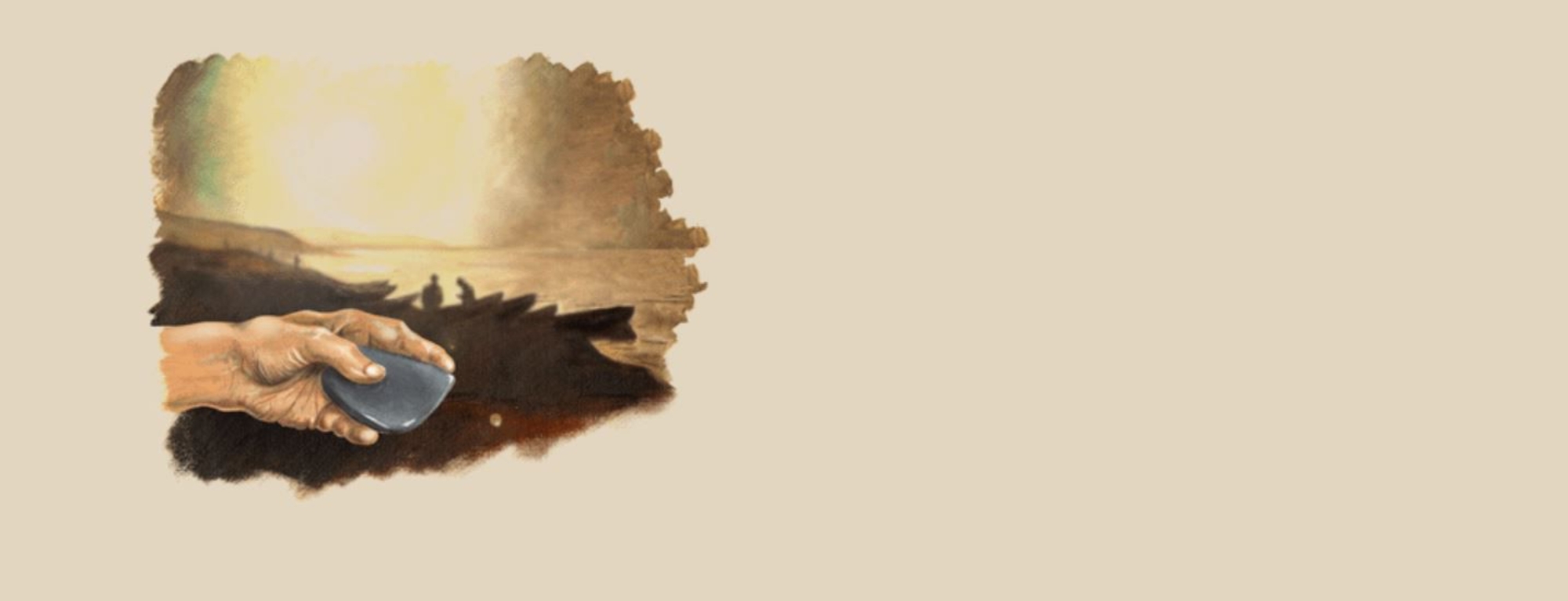The areas covered by the large Neolithic cultural blocks like Gumelnita or Cucuteni seem immense to us even today. It is without a doubt that these people, along with their goods and their ideas, circulated within these vast zones, but, also equally certain that they circulated amongst each other.
Archaeologists are, however, tested by great difficulties in discerning the routes and circulation of trade traffic. At most, we can deduce and restore some of the paths from the study of fragile prehistoric remains brought to light by current excavation. The trade routes emerge from studying the dispersal of diverse objects across a wide territory.
Some of these are elements essential to human life, for example, salt. The richest depositories in this part of Europe are located in the Eastern Carpathians. Very early on, the populations extracted salt from these layers of rock salt or salt springs, and exported it. The great richness of the settlements, which were near these veins, shows the importance and the intensity of the trade of brine, or more probably the trade of salt extracted from brine by boiling. It is thus probable that copper and salt, in a natural state, as well as some processed form, circulated across very long distances, making it an object of trade between various cultural groups.
Drawing of a restored cistern. These ceramics containers were used to extract salt by evaporation by heating brine until it crystallized (origin : Cucuteni-Cacica Culture).

